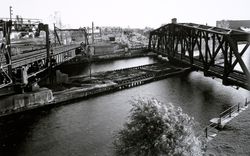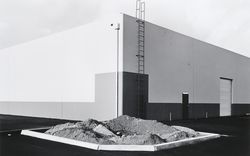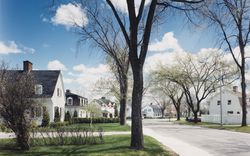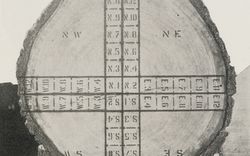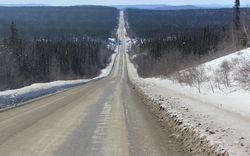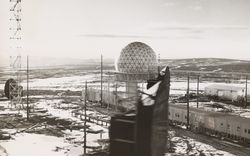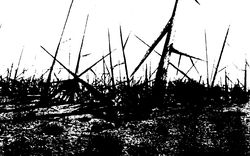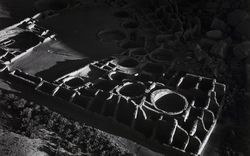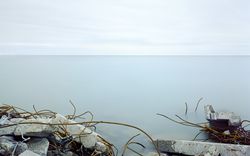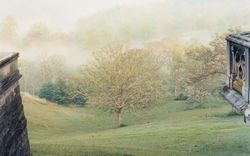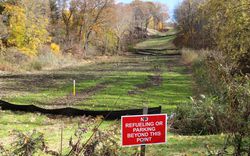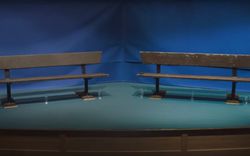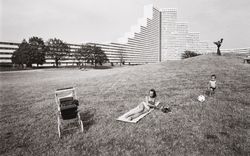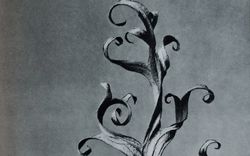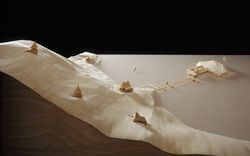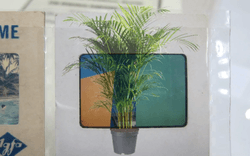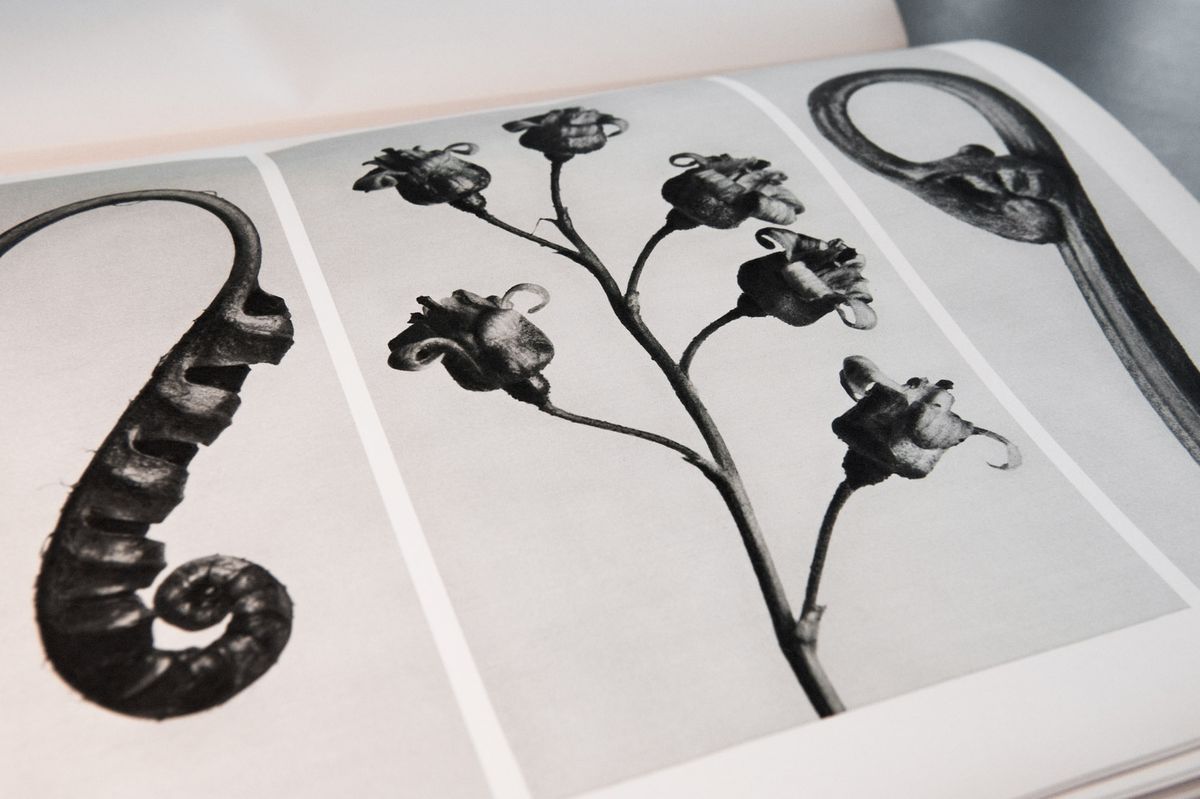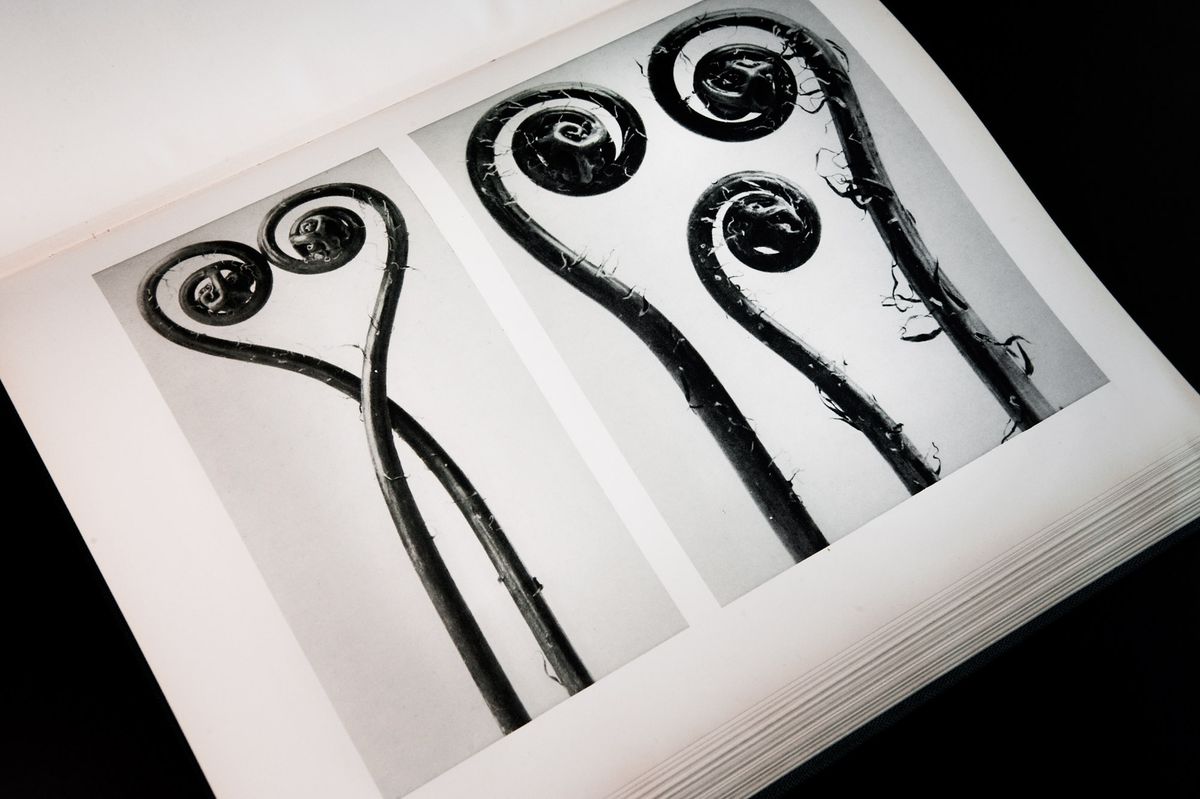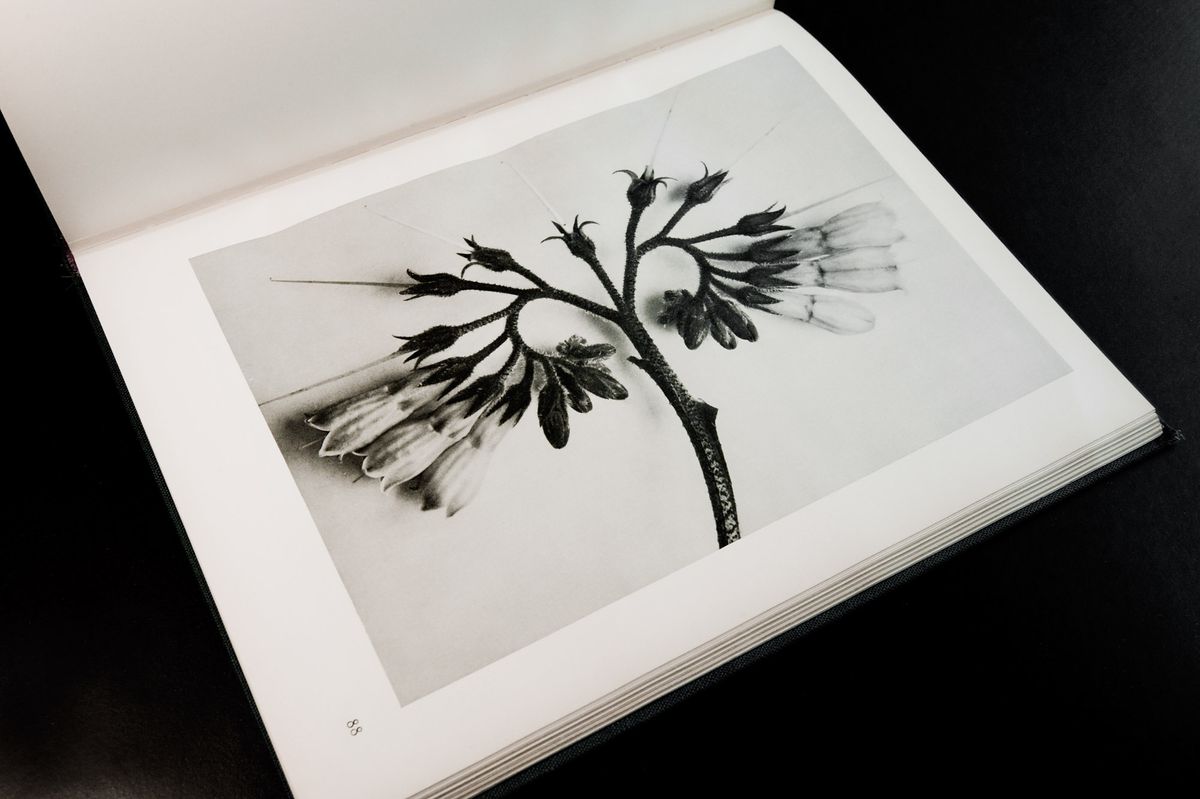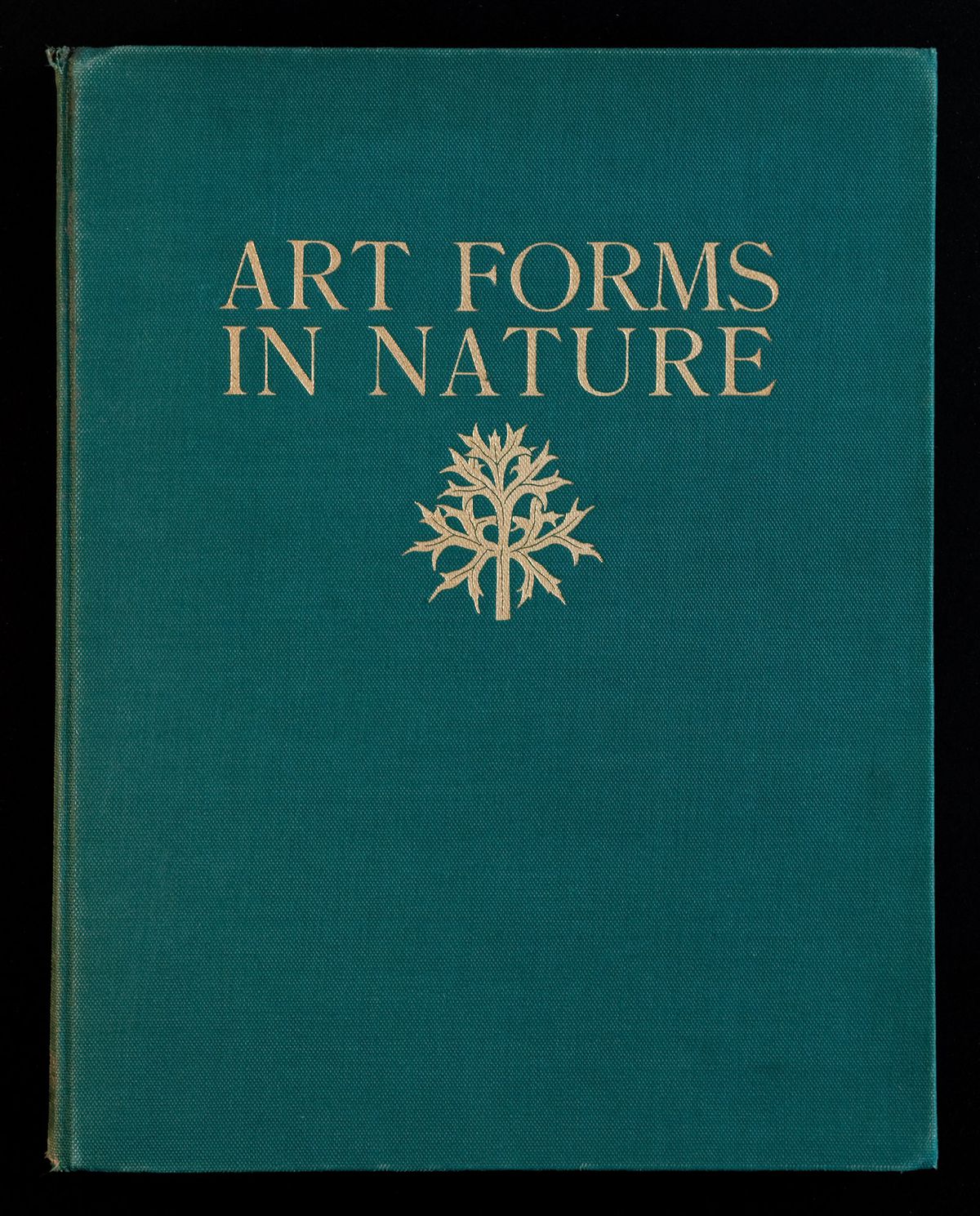Direct from Nature
Text by Alla G. Vronskaya
All works by the German plant photographer Karl Blossfeldt (1865-1933) follow the same style: one element of a plant is separated from the rest of it, sometimes dried or rendered devoid of surrounding tissues, and always greatly (usually from ten to forty times) enlarged in a blown-up image. Sometimes the plants are marshalled together in groups of two or three as if in an architectural ornament; sometimes exhibited individually. Blossfeldt started subjecting plants to these strange manipulations in the early 1890s, when he became an assistant of Moritz Meurer, a professor at the Berlin Pedagogical Institute who initiated a study of plant forms as the source for German industrial production design.
Having accidentally rediscovered this outdated Arts and Crafts project, the avant-garde artists and theorists of the mid-1920s suddenly noticed ancient columns in Blossfeldt’s horse willows and saw in his ostrich ferns bishops’ crosiers – in other words, behind the photographer’s own understanding of his work as a mere demonstration of natural forms they discovered phantasmagorical visions of a man-made universe. Thus, Walter Benjamin celebrated Blossfeldt’s “original forms” as sources of all form production “that have played a part in the creation of things from the beginning.”1 Neue Sachlichkeit photographers saw in Blossfeldt’s works parallels to their own search for expressive objectivity, while the Surrealists were attracted by the morbid sadism with which Blossfeldt was decapitating and tearing apart his flowers.
Unexpectedly for everyone and mainly for himself, Blossfeldt published his first album, Urformen der Kunst, in 1928 near the closure of a long and unadventurous life, when he was praised as a precursor of the most radical modernist movements. The album became an immediate success and was followed by an English translation, Art Forms in Nature: Examples From the Plant World Photographed Direct From Nature (1929), and a second album, Wundergarten der Natur (1932), both of which are found in the CCA Collection. The modernist spell, however, falls apart and the Arts and Crafts heart of Blossfeldt’s work becomes evident when one consults Ornamental Verwerthbare Naturstudien für Architekten, Kunsthandwerker, Musterzeichner (1896-1903) and Die Ursprungsformen des griechischen Akanthusornamentes und ihre natürlichen Vorbilder (1896), also in the CCA Collection. These two rare volumes by Moritz Meurer document the results of his endeavour, of which Blossfeldt was a part during the formative days of his career. Here, one can see Blossfeldt-style photographs (which were likely taken by him) situated among the sketches of plants and ornaments in the style of Owen Jones. The geometry of Blossfeldt’s plant forms, therefore, is exposed as an ornamental stylization rather than as a formalist estrangement.
-
Walter Benjamin, “A New View of Flowers,” in Hans Christian Adam, Karl Blossfeldt, 1865-1932 (Köln: Taschen, 1999: 349-350). ↩
Alla G. Vronskaya was a 2009 CCA Collection Research Grant recipient in 2009
